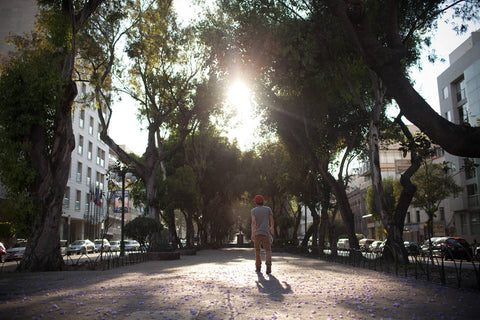
Cities and their neighborhoods: the case of the traditional Roma neighborhood.
Cities are not only buildings, they are alive thanks to the people who live in them. This simple premise becomes complex when the historical or artistic value of its buildings is high, and dangerous when its urban infrastructure does not exist in new developments. Neighborhoods threatened with dying into oblivion are suddenly threatened with dying of success.
Squares, medians and sidewalks delimited by mansions and buildings, tell us the history of Rome and show us the scars of the life of this neighborhood that turns 113 years old this year.


In traditional Rome, as in other emerging areas of the city, the investment necessary to consolidate the neighborhood can also destroy it if it is only speculative. The consolidation of a neighborhood occurs when what is removed is replaced by something better. The problem is who decides what stays, what goes, what is better and how the urban environment adapts to the social, economic and cultural dynamics that give it life.

The consolidation of the neighborhood will depend directly on the construction, not of buildings but of citizenship, reflected in the neighborhood culture. Critical, informed and organized neighbors, committed to rescuing and promoting development focused on people. From there you can manage the investment and conservation of architectural and urban heritage.
Cities are the great generators of knowledge and this is due to the closeness between people that allows the exchange of ideas. In the cafes and other meeting points such as those that characterize a neighborhood as vital and dynamic as Roma, revolutions and important moments in the cultural history of Mexico have been planned. They have also discussed philosophical currents, economic models and great artistic projects; Novels have been written and new ways of understanding and living the city have been proposed.



